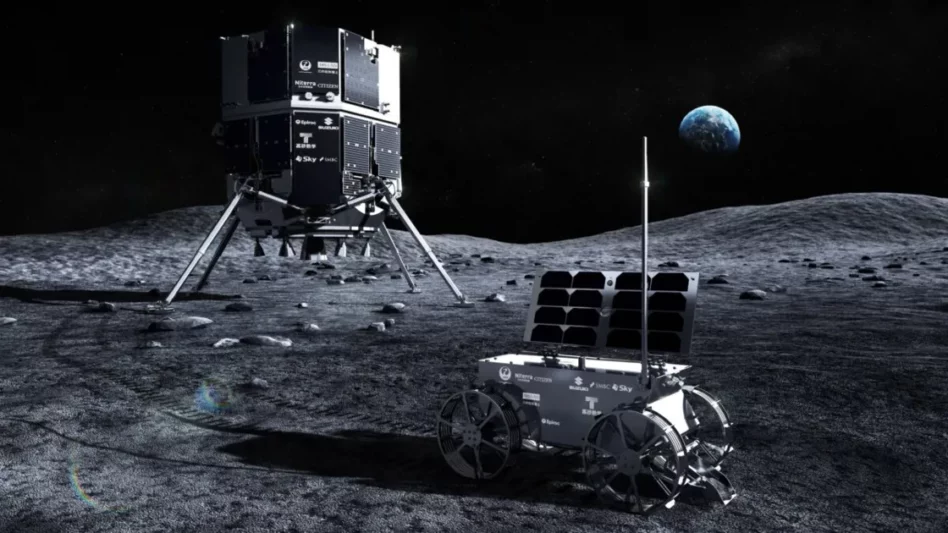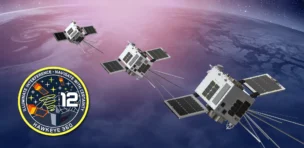ispace is taking another stab at a lunar landing.
The Japanese lunar infrastructure company has been hard at work figuring out where it all went wrong during its failed lunar landing attempt this year, and now it’s ready to try again. During Mission 2, slated for Q4 2024, ispace will send a lander and a micro-rover to the lunar surface with the intention of studying the terrain and collecting samples of lunar regolith.
“During Mission 2, ispace is aiming not only to land on the Moon and explore the Moon,” ispace CEO Takeshi Hakamada said in a press conference. “We are also planning technology demonstrations and equipment for our payload customers and are aiming for groundbreaking activities in addition to the micro rover.”
If at first you don’t succeed…HAKUTO-R, the company’s first lander, notched some significant successes before crash-landing on the lunar surface in April.
- The mission traveled 1.4M km, successfully tracing a long, swooping gravity-assisted route to the lunar surface.
- The lander made a successful approach to the lunar surface, with all systems functioning as intended for most of the descent.
Disaster struck at the last moment, when HAKUTO-R’s altimeter sensed a sudden and steep dropoff that triggered a software glitch. The lander’s fuel ran out, and it fell the last few kilometers to the surface.
“The analysis of the Mission 1 landing failure clearly identified the causes and areas for improvement,” Yoshitsugu Hitachi, ispace VP of engineering, said. “So the main focus of Mission 2 will be on reviewing and improving the verification process.”
…try, try again: The company’s second mission learns from the mistakes of the first, and adds a little extra complexity in the mission objectives just for fun.
In addition to the lander, aptly called Resilience, ispace will send a lightweight rover, weighing in at only ~5kg, to explore the landing site and scoop up samples of lunar regolith for NASA. The rover will come equipped with cameras and its own communication system to relay data back to Resilience, which can beam information home.
In addition to the rover, Resilience will carry several customer payloads for tech demonstrations on the lunar surface. These include a radiation sensor and an algae culturing experiment.




